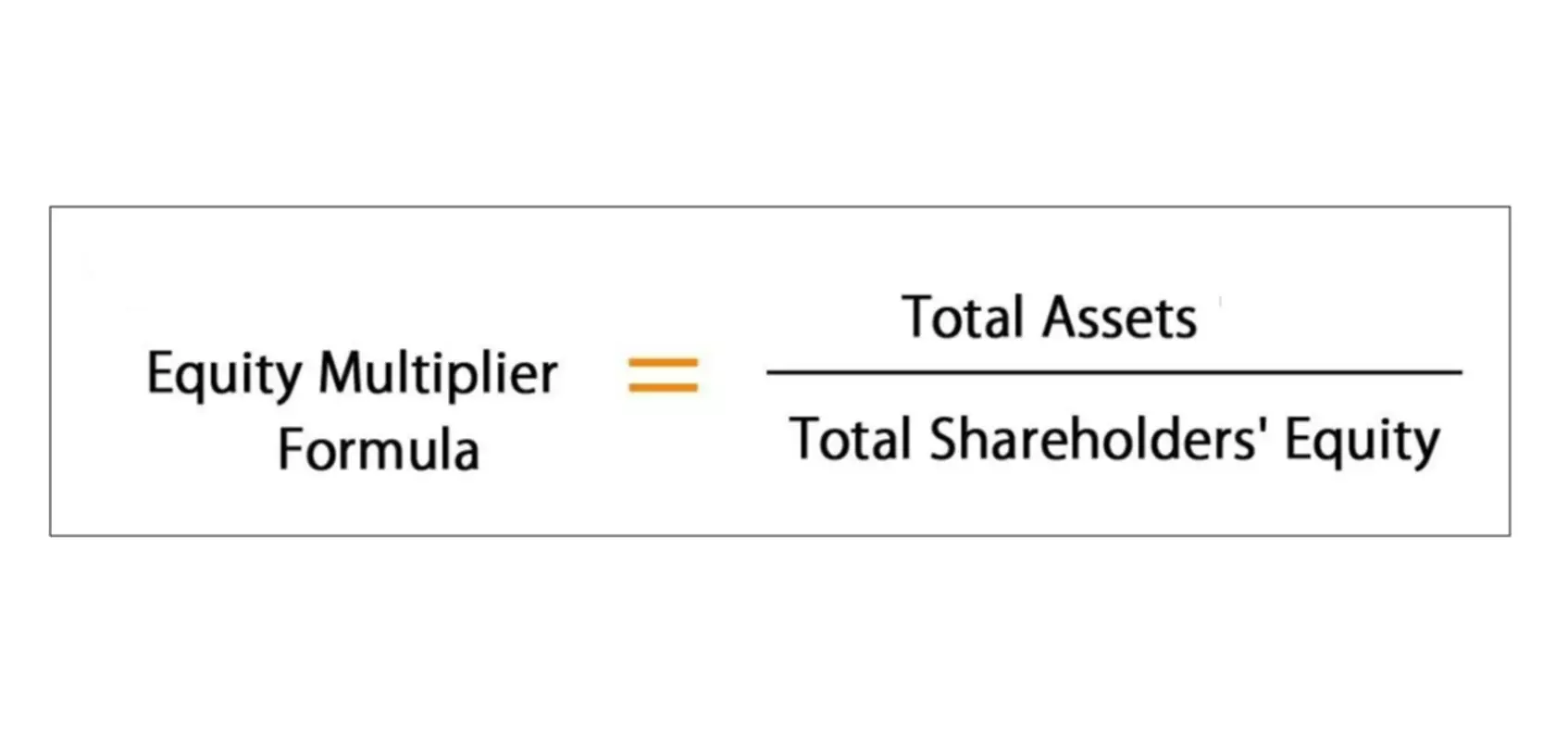Content

It is critical for fte meaning purposesand determining wages, and for calculating the company’s expenses when paying its workers. This calculation is a monthly procedure that can change accordingly for each month. Part time employee’s total hours for the month can change the status of number of full time employees.
- If you’re trying to determine who is full time and part time for ACA purposes, use 30 hours per week as the criteria for a full-time employee.
- FTE, an abbreviation for “full time equivalent”, represents a unit of measurement standardized to equal the number of hours worked by the typical full-time employee.
- Individuals must have minimum essential coverage as of January 1, 2014 or possibly be penalized.
- However, determining the FTE for Jimmy and Marta requires calculation.
- Imagine that, with the same FTE, an employee can deliver 100 units, while another only delivers 30.
- Actual hours worked per week is the exact number of hours an employee worked.
INVESTMENT BANKING RESOURCESLearn the foundation of Investment banking, financial modeling, valuations and more. Receive exclusive articles, resources and tips in your inbox every week. Sign up to receive more well-researched human resources articles and topics in your inbox, personalized for you. You will need to trust this professional because he or she will need to have access to all your company’s tax and HR data. In order to calculate your full-time equivalent as well as possible, here are the main data to collect and their particularities.
Eligibility for the PPP (Paycheck Protection Program)
A part-time employee that works 20 hours a week counts as 0.5 FTE. If you add all of the weekly hours of your employees and divide it by the hours in the workweek, you’ll determine how many full-time equivalent employees your business has.

To determine your total FTE, add the total part-time hours worked, plus the total full-time hours worked. From there, if your full-time hours are 40 per week, divide the number by 2,080. If your total full-time hours are 30 per week, divide the number by 1,560. This will give you your total FTE for all full- and part-time employees for the year. You can use the FTE total each week, month, or year to determine company growth. You can also use the FTE total to remain compliant with federal, state, and local labor laws that may be based on employer size such as mandatory sick time laws. This tells you how many FTE employees your part-time workers add up to.
Related Articles
Get this by multiplying the number of full-time employees by the number of hours in a working week . This is where the concept of the full-time equivalent employee comes in. This is done by counting somebody who works half as much as a full-time employee as half an employee, and so on. It might sound cold, but it’s a vital metric when companies are applying for government loans, and when determining whether the company is large enough to have to follow certain laws. The result you get is the total hours worked by all the employees in your business.
- For example, 1.0 is typically the FTE representation of an individual’s full work/school day, while 0.5 would indicate half of the original figure, generally in reference to the workday.
- Yearly, a company generally considers an FTE to be valued at 2,080 hours.
- And also for small business owners to see if they can apply for a tax credit in the amount of 50% of the employer-paid health care premiums.
- The underlying period can be, for example, a day, a month or even a year.
- Along with counting the hours worked, FTEs show how many full-time employees a particular company employs within a fiscal year or needs to employ to carry out a project.
- The FTE in teaching also takes into consideration public and school holidays.

